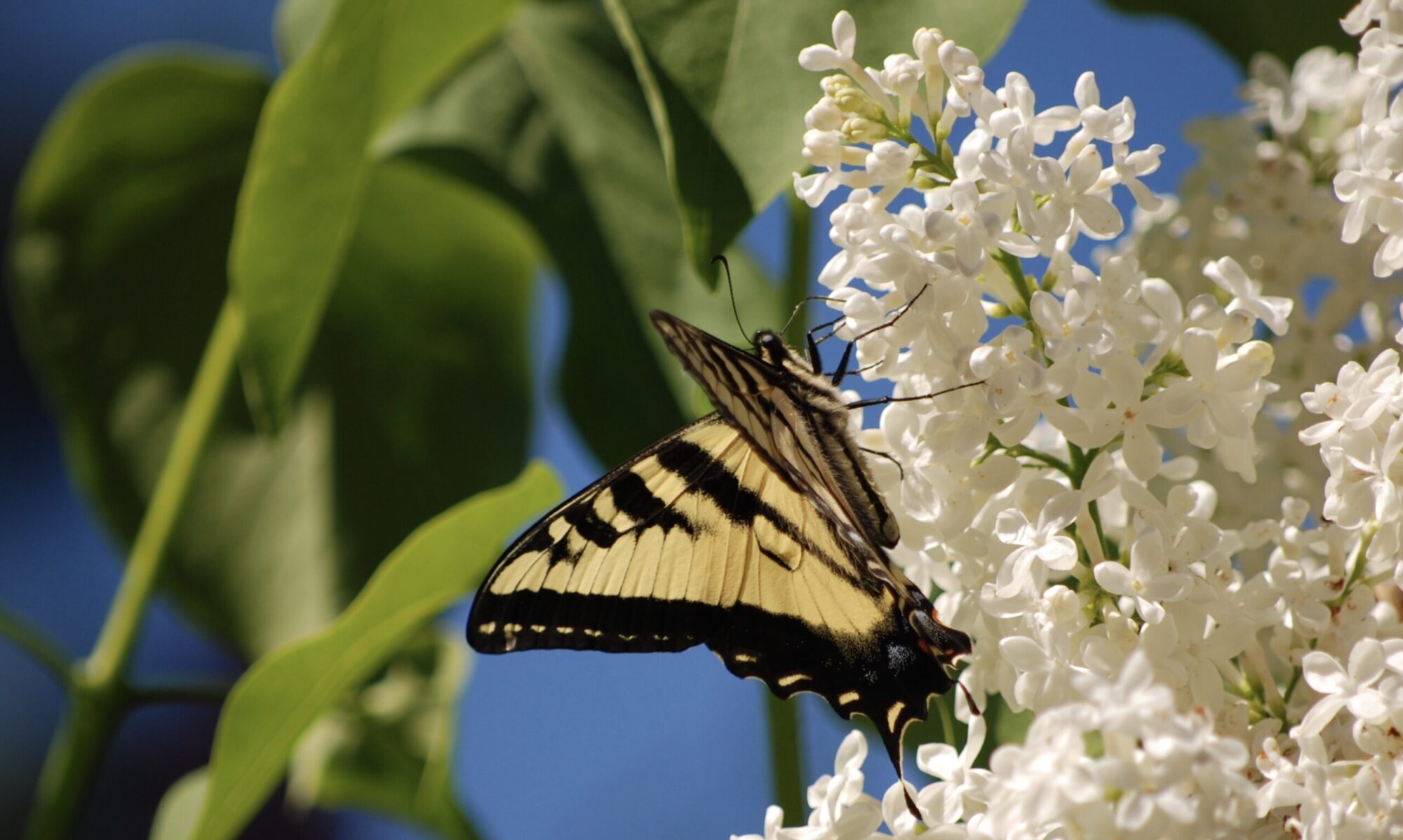Black Copper Marans eggs have a very thick shell, making the hatching process a bit more challenging for your chicks. The dark brown pigment of the egg adds additional layers to the shell, so the darkest of the dark eggs have the thickest shells. These eggs take longer to hatch — on average an extra 14 hours more (22 days) because it takes longer for the chicks to peck their way out of that thick shell. Add to that the possibility of a smaller air sack inside the shell (keep reading to help remedy this), and you could end up with chicks that struggle to exit before their air runs out — even after you’ve waited a full 22 or 23 days to meet them! I’ve lost some chicks right before hatching because of this and it’s heartbreaking!
Instructions
After you receive your hatching eggs in the mail, place them upright with the small end pointed down and give them time to come to room temperature. At the same time, turn your incubator on and allow the temperature inside to regulate. Rest the eggs for about 12-18 hours before placing them in your incubator.
Some sources say that Copper Marans hatching eggs should run dry (no water added) for the first 14 days, which allows for a larger air pocket to form in the egg. The air pocket forms when liquid evaporates from inside the shell, so allowing a larger air pocket to form provides more time for the chick to peck through the thick shell. However, it is also suggested that you should not let the humidity inside the incubator get too low (below 30%) during this period. After day 14, add water and increase humidity up to 60% during the hatch. Another source suggested sanding the shell to remove some of the thickness before incubating. I’ve never tried this method, but would be interested in hearing from anyone who has.
You can candle the eggs at about Day 10, but make sure you’re in a dark room since seeing through that brown shell is difficult in a lighted room. The embryos are very vulnerable at this point, so be careful and don’t candle too often, even though it’s tempting.
During the final 3 days of incubation, the eggs should not be turned. Many incubators automatically stop the rotation for the final 3 days, but if your incubator is not automatic, be sure to remove the trays from the rotation device. I usually leave the trays in the incubator during hatch (it’s your choice) because the hatchlings can get a little wild and run over the top of the hatching eggs. I also use the trays to support the position of the eggs during hatch: fat end up and skinny end down.
When you start to hear cheeping from inside your eggs, this is a sign that your chicks have pecked through the air sac and are calling to each other to synchronize the hatch. Since your chicks can survive up to 48 hours without food or water, leave them in your incubator after hatching to encourage the other chicks to hatch. Opening the incubator during the hatching period can cause chicks to become shrink wrapped from the dry air and die during hatch, so resist the temptation to remove the hatched chicks.
A good hatch rate for Marans is 65% to 75%.
Good Luck! Order Copper Marans Hatching Eggs

